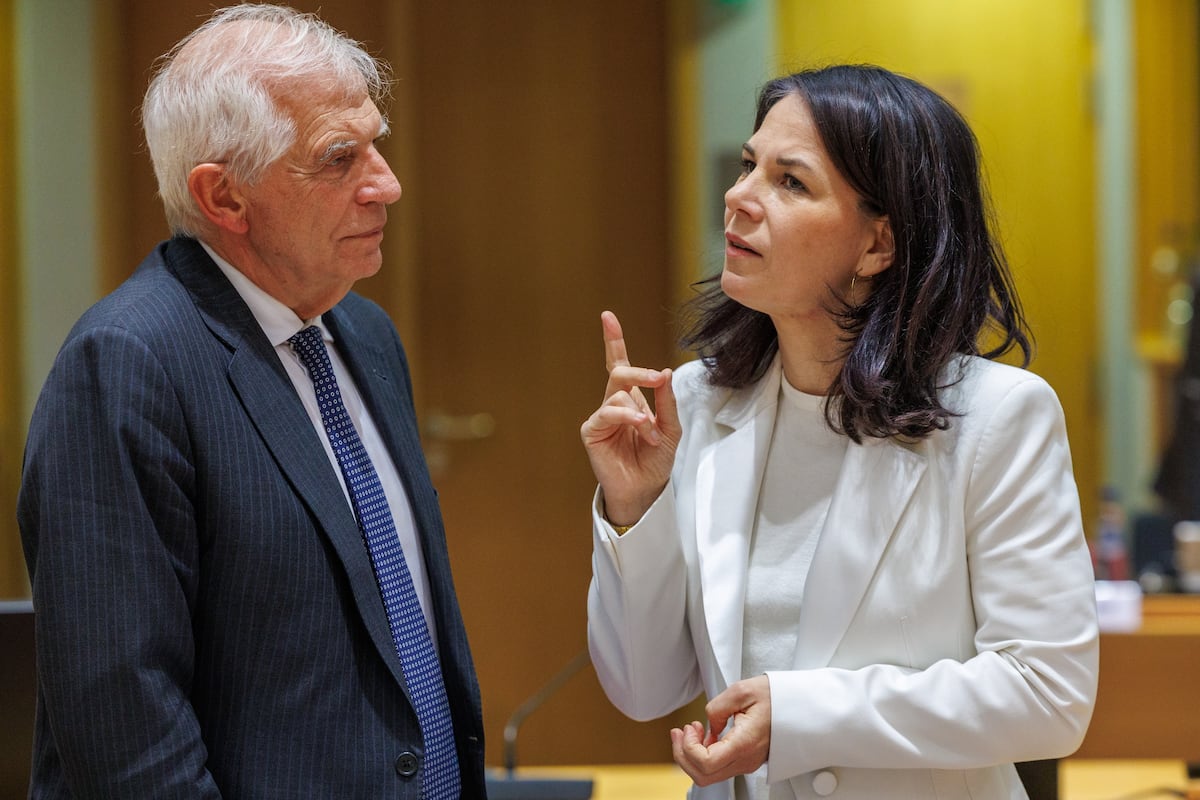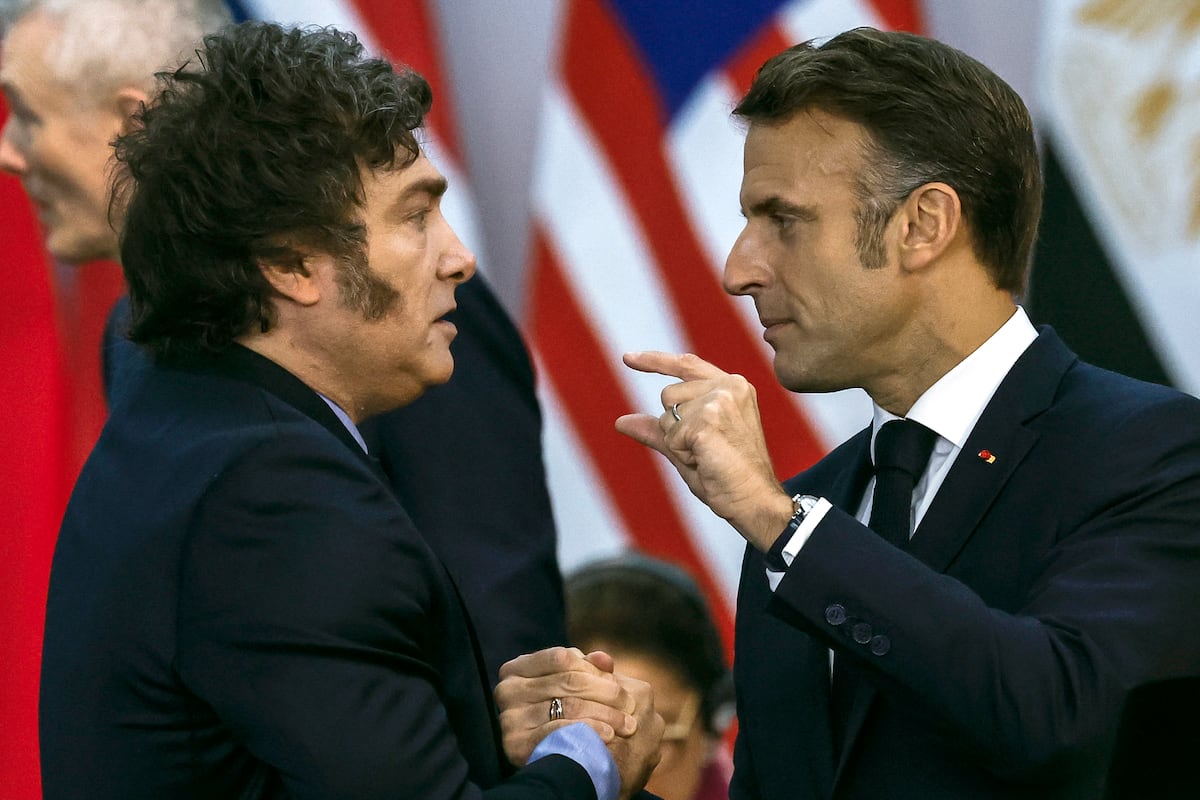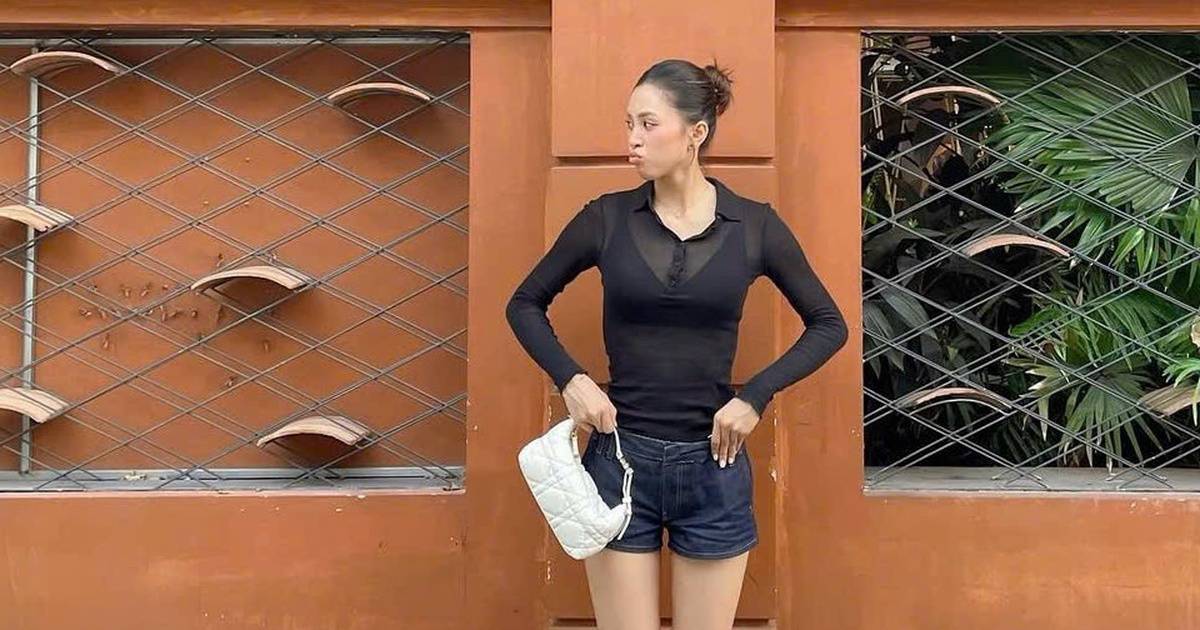“Our life is hell,” says Mario Brukman, a 67-year-old Argentine pizza maker who, despite everything, does not think about returning to his country of origin. His testimony, between tears that mix emotion and melancholy, reflects the spiral of violence in which Israel has been immersed since he arrived in 1997 as part of a group of 340 families. Brukman lists one after another the conflicts that he has suffered: the second Intifada (2000-2005), the war in Lebanon (2006), “terrorism”… “Everything became more complicated, but nothing like the tension now,” he emphasizes, referring to the war that began on October 7, 2023. That day “the gates of hell opened,” he describes, leaning on the counter.
The town of Kiryat Motzkin, where the shopping center that has housed this small pizzeria in the metropolitan area of Haifa since 2022 is located, is the scene shortly after the interview of the impact of a missile arriving from Lebanon, about 30 kilometers away. There are no victims, but the image of several cars burning in the middle of the street reminds residents that danger is part of daily life in the largest concentration of population in northern Israel.
Brukman travels every day from his home in Carmiel, about half an hour away by road, with his car radio permanently on in case there are alarms that warn of a possible attack. In that case, he explains, he has to stop the vehicle and get on the ground to seek protection. So what remains, he adds, is to pray. But “we have to keep coming to work,” he defends. “I love Israel despite everything,” emphasizes Silvina Borovinsky, 53, wife of Brukman, at his side.
Haifa, its suburbs and surrounding towns have been receiving more attacks from Lebanese territory by Hezbollah as the war has progressed and the militia has expanded the radius of its launches. The bay is home to the largest port in Israel and is an important industrial, commercial and energy hub. Alerts about the arrival of projectiles or drones are raised daily, although most are intercepted by anti-aircraft defense or fall in areas where they do not cause casualties. There are exceptions, such as the death this Monday of a woman in Shfaram, a dozen kilometers from Haifa; or that of two people in Nahariya and a young 18-year-old farmer in recent days around that city.
A huge bunker proof of missiles, fires and tsunamis, explains an official, hosts the externalization due to the imperative of war of part of the Haifa City Hall headquarters, on the list of enemy objectives. The facilities house, among other units, a telephone exchange for basic services. And a command center controls thousands of screens from which you can follow the life of this city of 310,000 inhabitants live.
Almost daily attacks
In the center of a U-shaped table with the head of municipal security, a former Navy soldier, to his left, the mayor oversees the day-to-day life of Israel’s third largest city, which is attacked almost daily. Yonav Yahav, 80, came to the position after the 2006 war, when Israel did not have the Iron Dome anti-aircraft system. Haifa was then much more vulnerable to Hezbollah missiles. Now, despite the hundreds of launches – acknowledges the mayor surrounded by several collaborators, both Jews and Arabs – they have only suffered little material damage. And not a single neighbor has died in their area.
Despite everything, the economic blow is being significant and the command center shows some concern about the aid that should come from the central government to deal with the situation. They do not offer a concrete assessment of losses, but explain that not only the port has been hit, but also sectors such as hospitality and cultural life.
The threats keep a significant part of the clientele further away from bars or restaurants, although the purpose, in the midst of a conflict whose end is not in sight, is to try to revive the life of the city. They plan to hold a Christmas market this December and, in January 2025, a film festival. Activities such as cruise tourism, which disappeared with the beginning of the war, will still have to wait. “AliExpress now takes much longer,” jokes an advisor to the mayor, referring to the store’s shipments on-line China.
For Yonav Yahav it is very important that the inhabitants feel in some way supported or accompanied by the city authorities. He explains it with decisions like the one made three weeks ago, when a rocket fell on a roundabout. Within 16 hours, normality was restored and the work was completed, flowers had been planted and the national flag was flying on a mast. “I don’t want them to lose confidence in us,” adds the first mayor of Haifa.
A few kilometers from that bunker, a group of soldiers wanders through the hallways and courtyard of a school in Kiryat Motzkin, disused since the pandemic and now converted into a barracks. Their mission is not to fight the enemy on the battlefield, but to shelter their own, to try to ensure that the impact of the war does not further alter the normal life of the neighbors. Although the number of Israeli victims is incomparable with the more than 43,600 deaths in Gaza or the more than 3,500 in Lebanon, mental health has been affected and depression and fear have spread among the population, he explains at the headquarters. psychologist Mazit Rafman, 44, from the municipal offices.
A few meters from that building, the bustle continues in the shopping center where Mario Brukman, the pizza maker, works. He acknowledges that he feels more afraid for his children or grandchildren than for himself, but that nothing will make him take the road back to Argentina: “I didn’t come to Israel to live, I came to die.”






